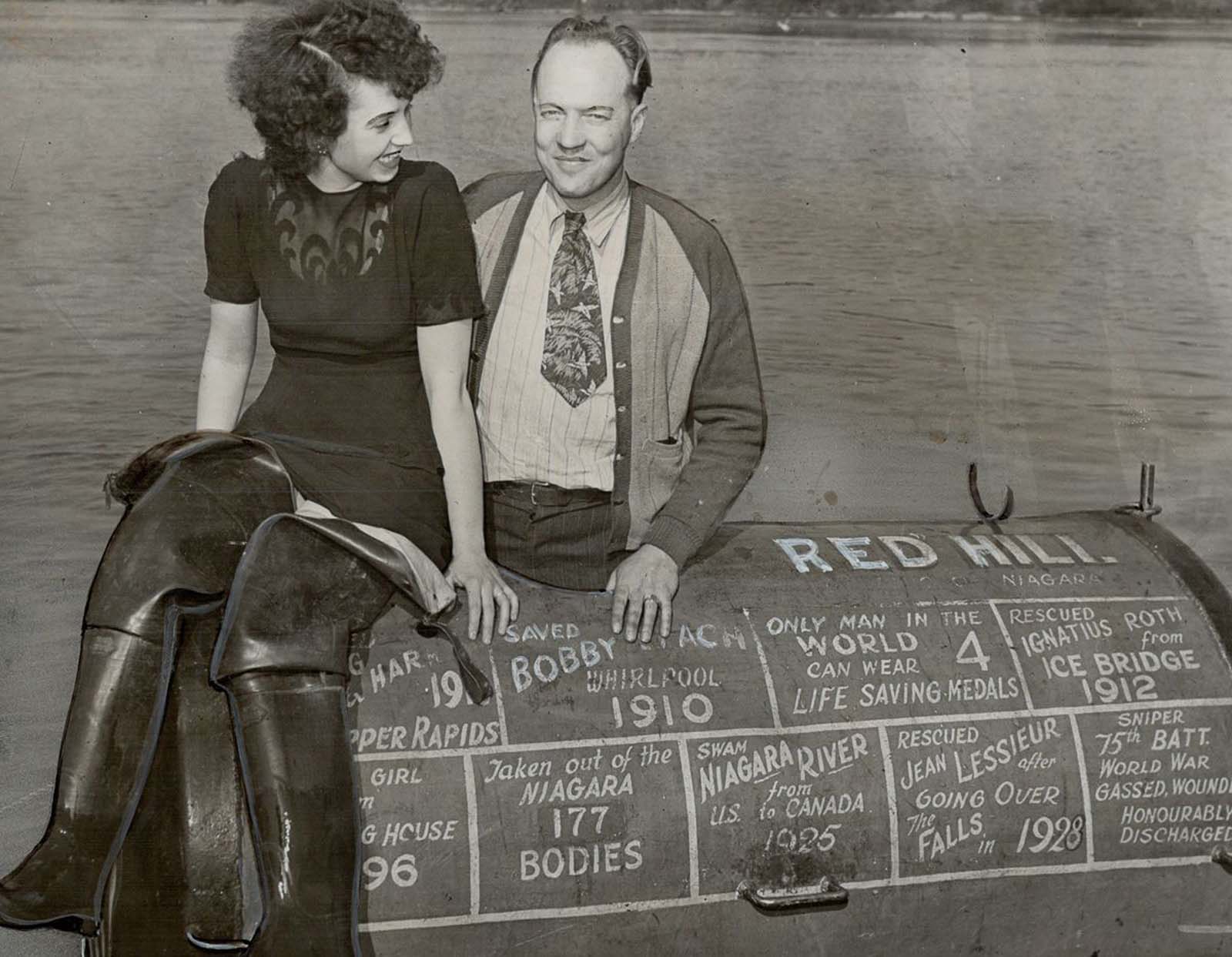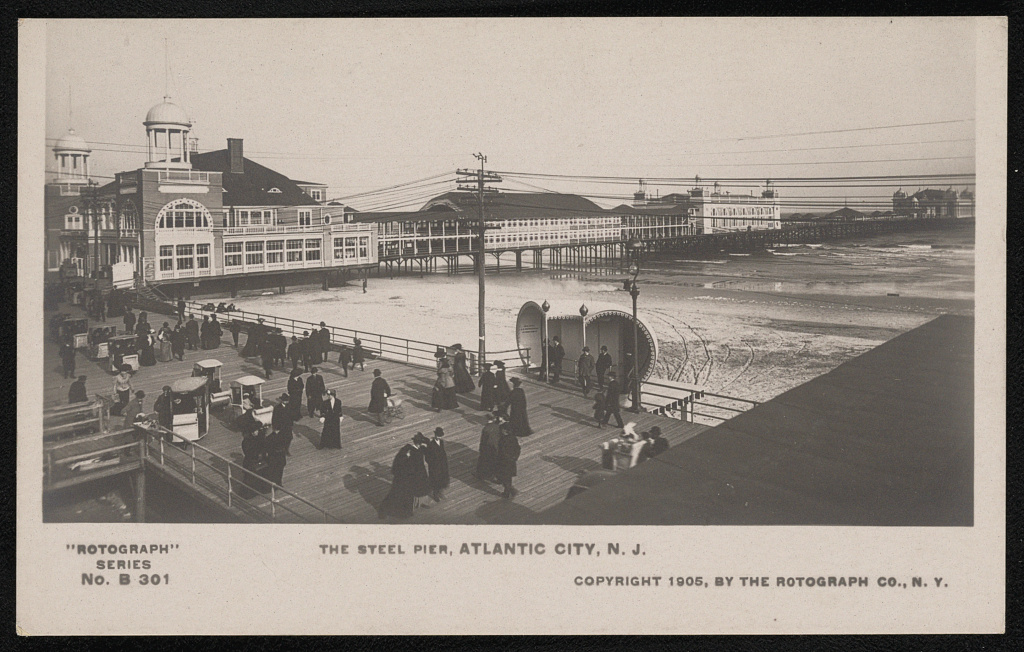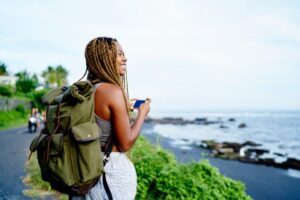Wooden Barrels, Geishas, & Gangsters: 3 US Tourism Trends from the Early 1900s
4 min readI’ve written extensively about tourism trends.
At the moment, a few of the world’s most-visited locations include Portugal, Dubai, and Bali. Travelers from around the world flock to them by the millions each year.
Every hotspot has its own approach to tourism. Usually, it involves improving infrastructure, showcasing culture and/or nature, and delighting visitors with unique spectacles. (It might even involve keeping hordes at bay to prevent over-tourism.)
But has tourism always looked like this?
For centuries, daring adventurers have set off into the horizon with a bag slung over their shoulders. No one knew if they’d return. They might not even be able to point out on a map where their loved ones were heading, precisely.
But all were on the hunt for something exciting—something powerful enough to change their life.
Today, That search for something more remains an important part of the overall travel experience. While most vacations involve a lot more entertainment and relaxation than once upon a time, the core drive to travel remains unchanged.
But what, exactly, were tourists up to back in the day? Would we really recognize what motivated them to hit the road and explore? Let’s jump back to the early 1900s to find out.
Here are three trends in US tourism from the turn of the last century.

Niagara Falls, New York
Admiring the falls… from the inside of a barrel
In 1901, a 63-year-old schoolteacher named Annie Edson Taylor decided that admiring Niagara Falls wasn’t enough.
She had another idea: she was going to build a really tough wooden barrel just large enough for her to fit in. And then she was going to stuff herself inside, lock the wooden latch, and ride that son of a gun down Niagara Falls.
To be reasonable, Taylor sent her beloved cat down the falls in the barrel first. The cat survived, which she took as a green flag.
Shortly after, Taylor performed her wooden barrel stunt for a massive crowd. She hobbled away largely unharmed, then went on to pose for photographs along with her daredevil cat.
Taylor’s really daring (and perhaps clinically insane) stunt attracted the attention of others. Soon, it became a bit of a fad for fearless tourists to maneuver down the falls in unique and horrifying ways.
Some, like Jean Lussier, even managed to survive the fall inside a massive rubber ball. In the summertime, the area would see hundreds of thousands of visitors, most of whom were just after views. By 1951, it was declared illegal to go over the falls in any form.

Atlantic City, New Jersey
Summertime vacations & street fairs
Fans of Boardwalk Empire need no introduction.
Long before Las Vegas popped up in the desert, the US’s preferred summer resort destination was New Jersey’s Atlantic City.
Its original boardwalk was constructed in 1870, ushering in a new era of Americana summer vacation.
After the boardwalk’s completion, AC turned into a booming summer destination for families. Part carnival, part beach resort, part summer dream, it attracted revelers from across New England.
Soon, its hotels were massive, home to hundreds of rooms that would fill up for months from May to August.
And despite the focus on summertime and sweet treats, AC had a bit of a criminal underbelly. (To put it lightly.)
Much of the city’s construction was funded by organized crime syndicates. These were subject to major investigations from the federal government and involved gangsters as big as Al Capone and Charlie Luciano.
But the millions who passed through the sandy shores of Atlantic City were probably focused on cutting-edge treats like ice cream, rudimentary roller coasters, and summer flings. In other words, AC was the total American dream.

St. Louis World’s Fair, Missouri
An international who’s-who of cultural influence
St. Louis might have a so-so reputation in the US today, but once upon a time, it was one of the most populated and innovative cities in the country.
To celebrate the centennial of the Louisiana Purchase, the federal government and the City of St. Louis won a bid to host the World’s Fair.
For six months in 1904, the city turned into a non-stop street fair that hosted almost 20 million domestic and international visitors. Performers and exhibitionists from over 60 countries flocked to St. Louis to display their latest technology, most beloved traditions, and share untold new delights.
As a Global Studies major and a St. Louis native, I’m itching to point out the lesser-known and more nefarious legacies of the St. Louis World Fair.
(Ever heard of a man named Ota Benga? Or St. Louis’s tradition of the Veiled Prophet? Y’all… it’s pretty dark.)
If you like, you can follow the little breadcrumbs I’ve left. If not, then let’s round off this article with some of the least controversial coups from the World Fair.
It popularized treats like ice cream cones and Dr. Pepper. It put Scott Joplin on the map and helped pave the way for rag-time music. The fair even had an entire exhibit dedicated to geishas, who had traveled all the way from Japan to showcase their refined traditions.
Discover more from Slow Travel News
Subscribe to get the latest posts sent to your email.



